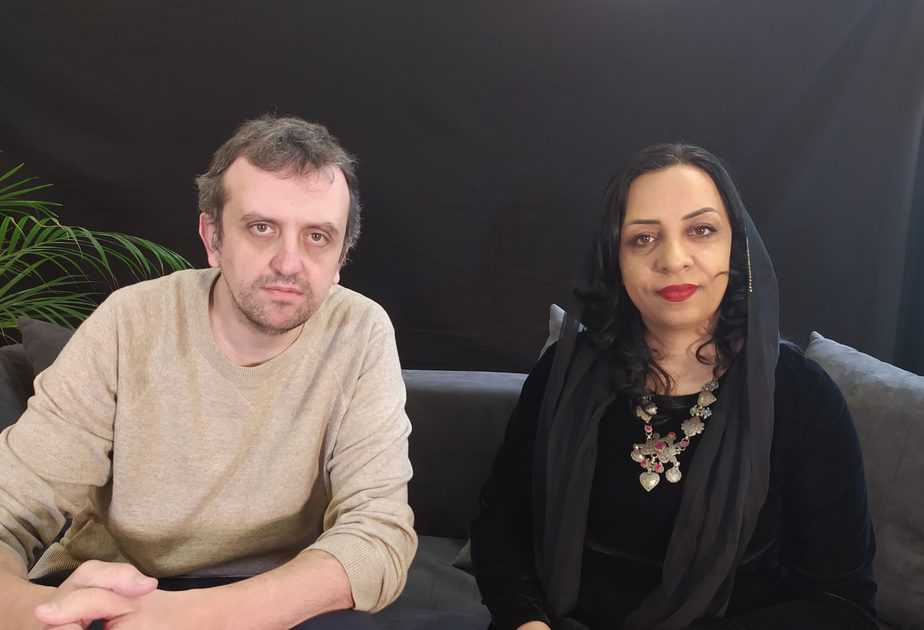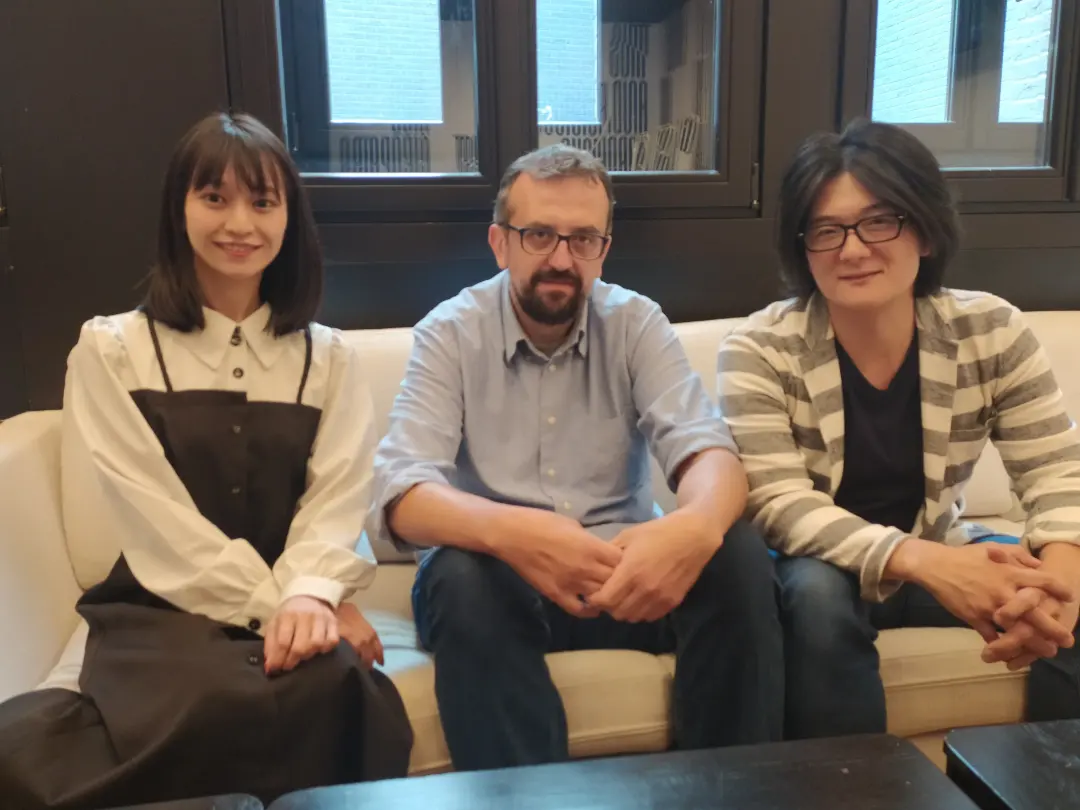14. Ulbolsyn (Adilkhan Yerzhanov, Kazakhstan)
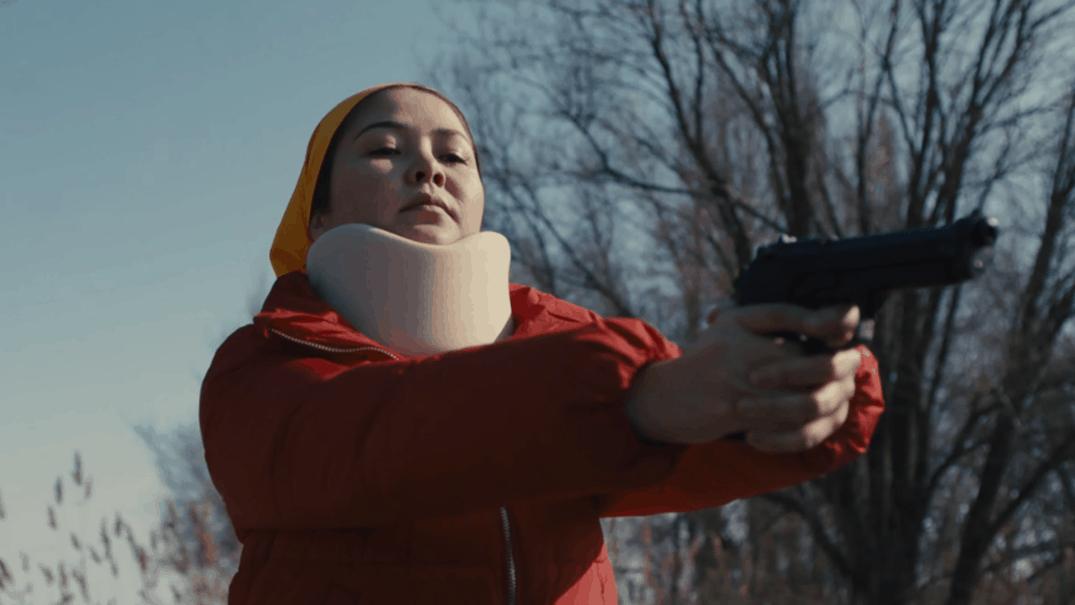
The world Ulbolsyn briefly re-visits is stuck up in the past. Women eat in separate rooms, they are being locked in basements and beaten up in so called purification ceremonies that are supposed to chase the demons away. In other words, some kind of exorcism of free will and behavior that challenges the patriarchy. However, the main hero is full of surprises. When she's denied help by the police, she calls for her own army of armed professionals, and finally for a different kind of assistance. (Marina Richter)
13. Sexy Sushi (Calleen Koh, Amanda Teo, Singapore)
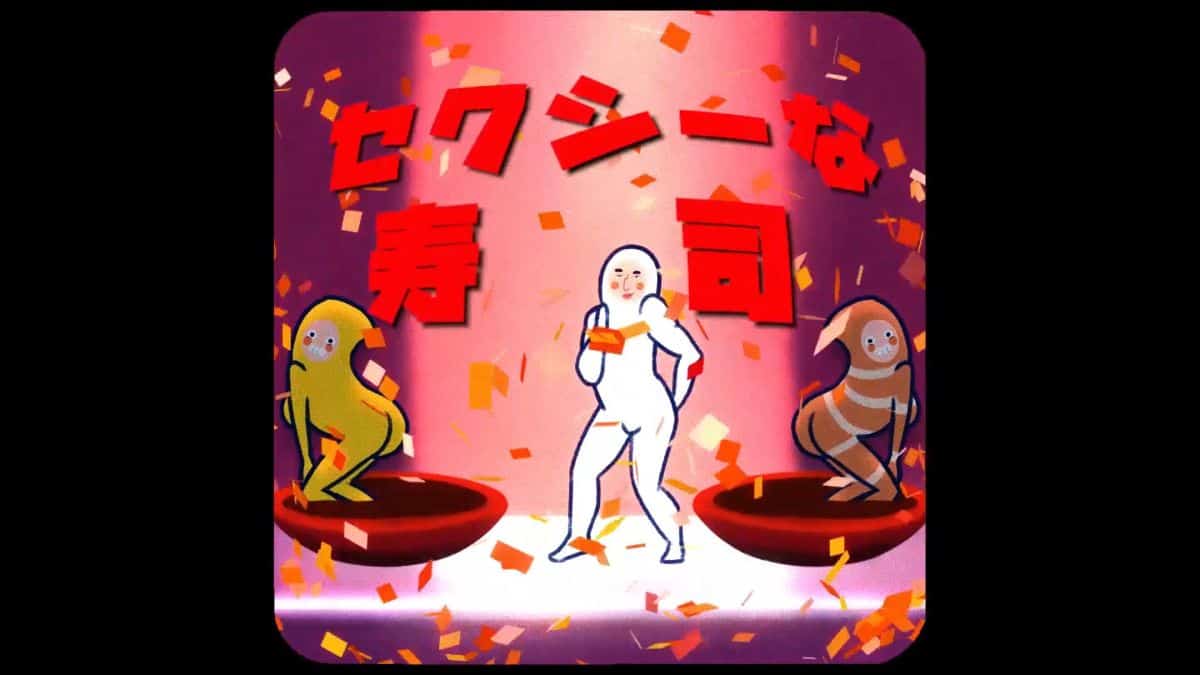
What separates “Sexy Sushi” from many other shorts, and what it makes it an incredible film, is the fact that it manages to explore many contemporary problems in great depth and all in the span of only two minutes. Who knew that a short story about a bunch of sex between rice and his toppings could be so thought provoking? (Martin Lukanov)
12. Romance Doll (Yuki Tanada, Japan)
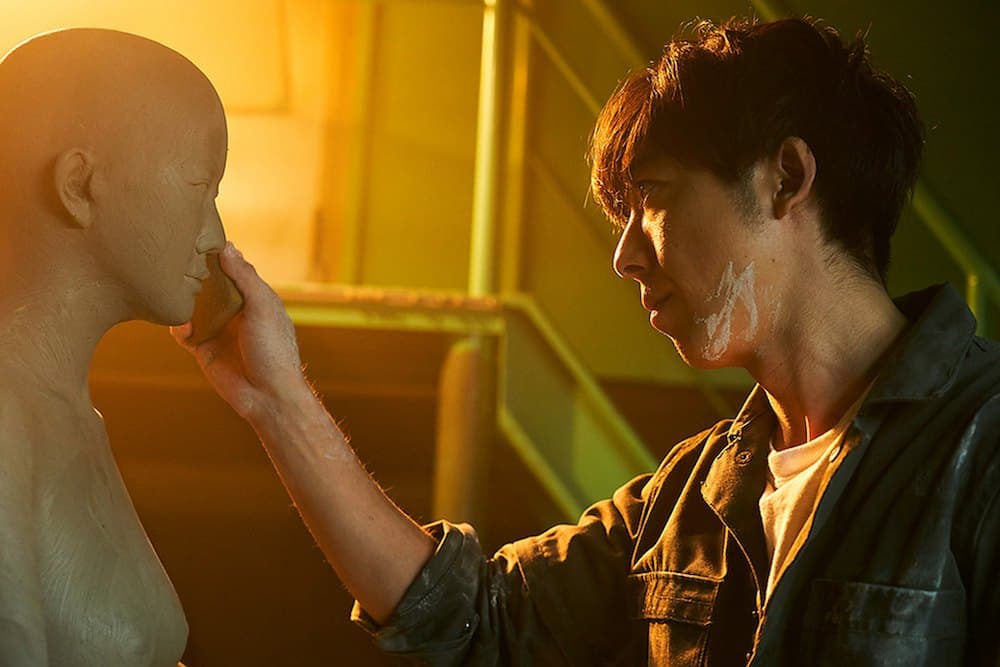
One of the most entertaining parts of the movie is the doll factory, not only because it sparks curiosity for a rarely seen production line, but also for the way the author constructs it. Far from seedy, the little artisanal factory is a place of honest, dedicated people, with solid work ethic and diligence, yet very humane and resembling a big family. So much of a family that Tetsuo almost forgets he has his own little family that is under threat of negligence. (Adriana Rosati)
Buy This Title
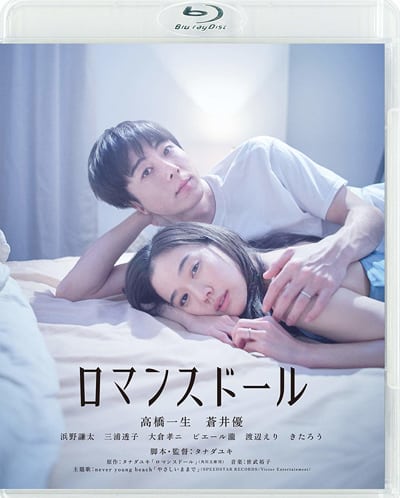
11. The Call (Lee Chung-hyun, S. Korea)
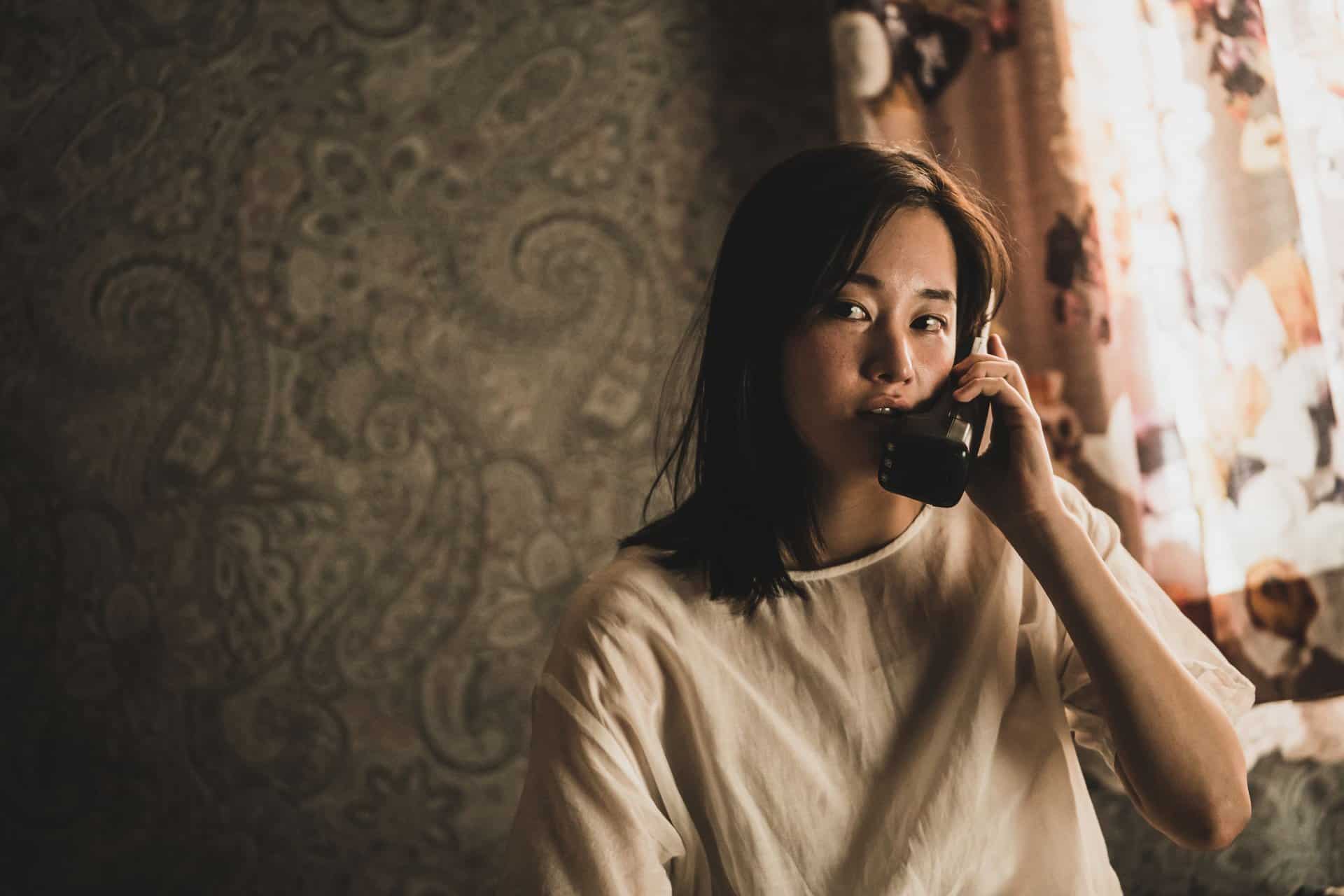
A fun and quite chilling thriller for most of its running time, “The Call” has an impressive amount of likable qualities with just a few minor issues to hold it back. Most fans of the thriller or Korean genre cinema, in general, would be very impressed and enjoy this one immensely . (Don Anelli)
10. There is no Evil (Mohammad Rasoulof, Iran)
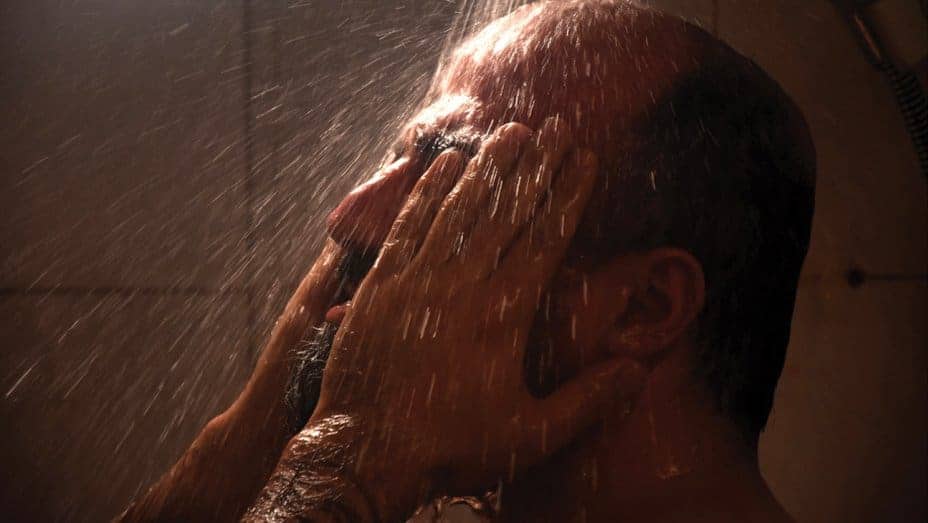
Nevertheless, disregarding all the alibis, “There Is No Evil” is a very good film that makes up for the slight missteps with its cleverness, integrity and soulfulness. Rasoulof is here to stay at the film festival circuit, no matter the ban. Good news! (Marko Stojiljković)
9. #Alive (Cho Il-hyung, S. Korea)
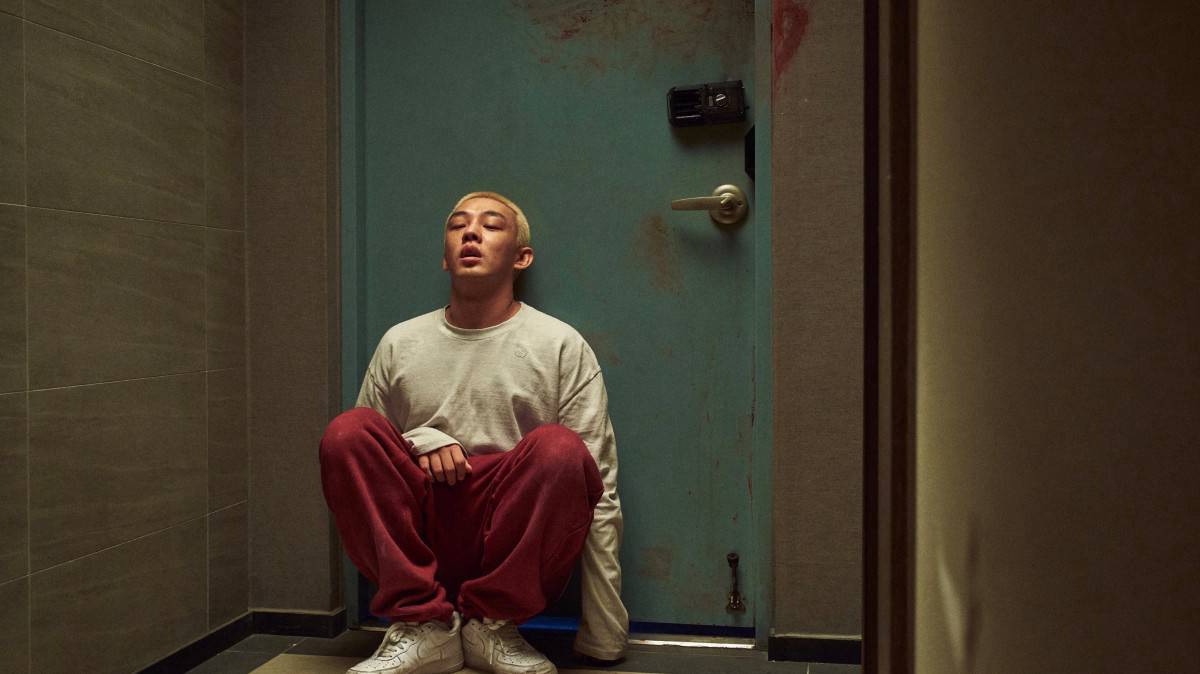
Crucially though, it is not the freneticism of the action scenes, nor the story itself which sees “#ALIVE” reach its apex, but more so the psychological element woven in throughout. Witnessing the drawn-out breakdown of Joon-woo into a seemingly inescapable depression, and subsequent suicide attempt, is far more gripping than the fast-paced, desperate evasions of infection. Furthermore, it allows for Cho to show a more grounded side to the plot, allowing it to ever-so-slightly escape tropes a feature of this ilk can often rely on. (Nathan Sartain)
8. The Cloud in Her Room (Zheng Lu Xinyuan, China, Hong Kong)
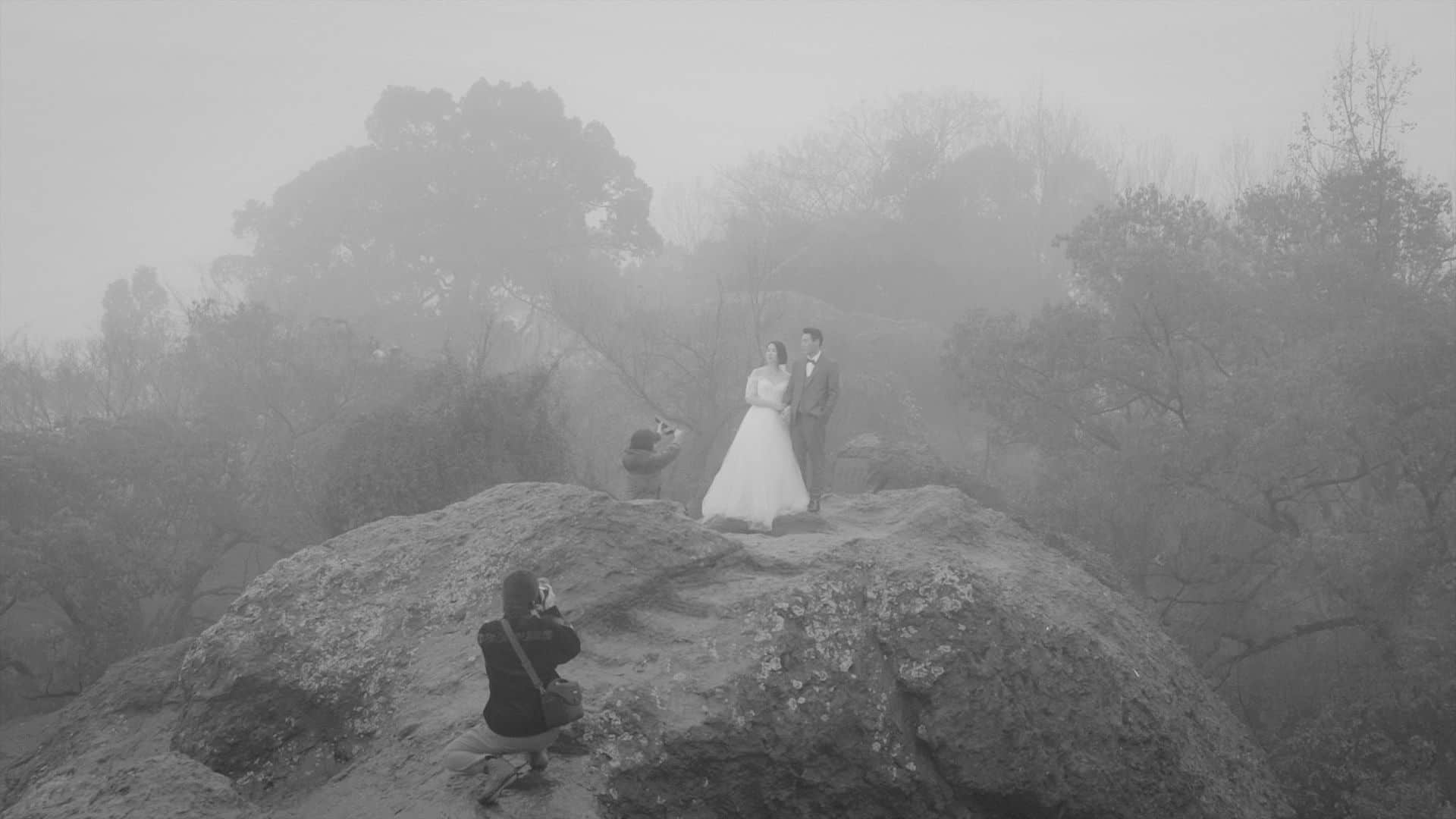
The quite original as much as impressive monochrome cinematography of DP Matthias Delvaux is actually the main aspect of the narrative, with everything that take place in front of the screen revolving around the imaging techniques. Negative reversals, unusual framing occasionally bordering on the documentary and occasionally on the surrealistic, and scenes where the white takes completely over the scene all come together in utter harmony to present a number of different sequences, both contextually and stylistically. In that fashion, the road trip segments give their place to sex scenes, to “interviews” , to singing scenes inside bars, to images of tunnels or construction sites or stairwells, all in an effort that seems to highlight how lost Muzi is, perpetually caught among people, locations and timeframes. (Panos Kotzathanasis)
7. Beauty Water (Cho Kyung-hun, S. Korea)

“Beauty Water” is an intriguing entry into the body-horror sub-genre. Based on an interesting premise, the director explores the relationship of beauty and self, making a provocative statement of a trend, which is not restricted to his home country but whose repercussions can be felt all around the world. (Rouven Linnarz)
6. The Day of Destruction (Toshiaki Toyoda, Japan)

the film thrives in terms of production values. Kenji Maki's job in the cinematography is exceptional, with the combination of composition and coloring resulting in a number of sequences of intense, and occasionally grotesque beauty. The initial one, the one where a bloody Kenichi is walking in the street, and the ending one (after the credits) are testaments to the great work done in the visuals of the movie. At the same time, the combination with music and the overall soundtrack that features tracks by Gezan, Mars89, Seppuku Pistols and Toshiyuki Terui is a master class on scoring a film, a trait Toyoda has exhibited repeatedly. (Panos Kotzathanasis)


